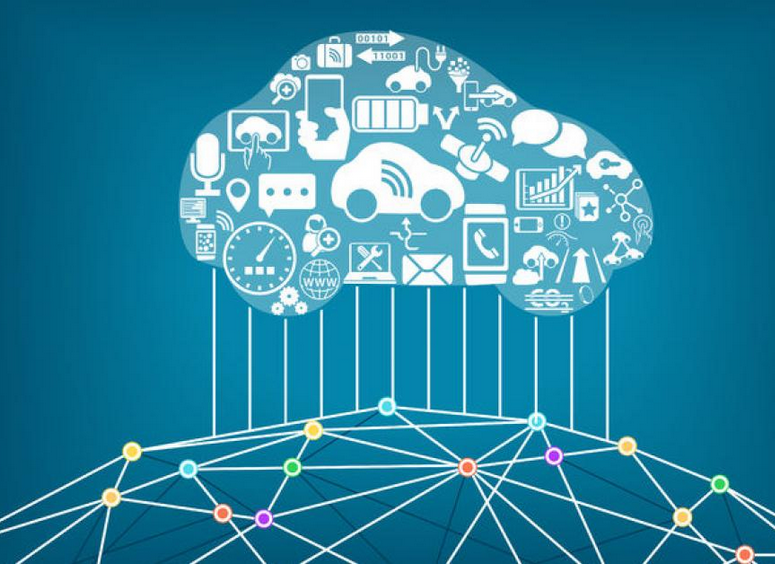Autonomous agents
Autonomous agents are a more advanced implementation of standard agents (mentioned in previous section) and are evolving at a rapid pace. Autonomous agents take the concept of agents a little further. These agents could be a team of agents that can perform various tasks and manage other agents automatically, collaborating autonomously without requiring user input or direction. They possess the ability to provide self-feedback and autonomously improve over time.
For instance, within a creative company, the concept of autonomous agents collaborating as a team can be leveraged to streamline and enhance the creative process.
The following is a sample scenario:

Figure 6.4 – Team of AI autonomous agents
Imagine a scenario where a creative agency is charged with creating an innovative advertising campaign. The team consists of six members, all autonomous agents organized in a hierarchy, managed by a manager who is also an autonomous agent. Here’s an overview of how various AI agents could work together to accomplish this goal. The process would begin with a human user presenting the initial topic, which then triggers the subsequent steps as follows:
- Trend Analysis Agent: This AI agent autonomously analyzes the internet, social media, and data sources to detect current consumer trends, popular culture, and industry movements, identifying themes that resonate with the target audience to guide the campaign’s creative direction.
- Concept Generation Agent: Leveraging insights from the Trend Analysis Agent, this AI generates a range of creative concepts for the campaign. It uses generative AI models trained on successful advertising campaigns, art, literature, and film to propose original and engaging ideas that align with the identified trends.
- Design and Visualization Agent: Once a concept is selected, this agent creates visual mockups of the advertising materials. Using generative AI models trained in graphic design and multimedia production produces high-quality images, videos, and other creative assets that bring the concept to life.
- Copywriting Agent: In parallel, a copywriting AI agent generates compelling copy for the
campaign. It crafts messages that capture the campaign’s essence, ensuring they are tailored to the target audience’s language and emotional triggers. This agent uses natural language generation technologies to produce a variety of copy options, from headlines to detailed product descriptions.
- Feedback and Iteration Agent: This agent collects feedback on the creative outputs from the team, stakeholders, and potentially a selected audience sample. It uses sentiment analysis and feedback loops to understand reactions and suggests modifications to the concept, design, or copy to improve the campaign’s effectiveness.
- Integration and Strategy Agent (manager): Finally, an integration agent oversees the assembly of all creative elements into a cohesive campaign. It ensures that the strategy aligns with the company’s branding and marketing goals, adjusting the campaign’s deployment across various channels for maximum impact.
In this creative company scenario, autonomous AI agents bring efficiency and innovation to the creative process. By leveraging their specialized skills in trend analysis, concept generation, design, copywriting, and strategy, they enable the company to rapidly develop and iterate groundbreaking advertising campaigns that resonate deeply with the target audience.
Now that we have learned about the concepts of agents, let’s us understand how to make it a reality with application development frameworks and multi-conversation agent frameworks in the next section.
